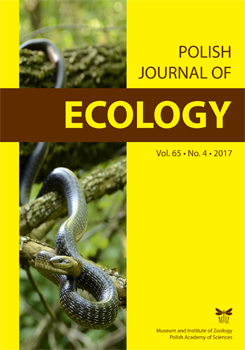Changing localized environmental conditions along altitude gradients could modify the responses of tree xylem structures to climate variations. To explore how trees adapt to local environment and respond to climate variants, we analysed the variation of Picea meyeri xylem tracheid features and the relationships with climate variables along an altitude gradient (1970, 2240, 2490 and 2650 m above sea level) of the Luyashan Mountains in the North China. The results mainly indicated the following: (1) tracheid number and diameter of P. meyeri showed significant differences among the four sites along the altitude gradient; (2) trees at site 2 (2240 m) and site 3 (2490 m) are similar in age, but the xylem tracheid number and diameter of these trees were significantly different, which may indicate different functional adaptation; (3) the relationships between xylem features' residual chronologies and the monthly climate data were inconsistent along altitude gradients, which indicated that the limiting factor of P. meyeri growth along the altitude gradients, shifted from drought stress at lower altitudes to low-temperature stress at higher altitudes.
How to translate text using browser tools
1 December 2017
Climatic Response of Tracheid Features of Picea meyeri Along Altitude Gradient of Luyashan Mountains of North China
Mingchang Wang,
Yuan Jiang,
Wentao Zhang,
Manyu Dong,
Muyi Kang,
Hui Xu
ACCESS THE FULL ARTICLE

Polish Journal of Ecology
Vol. 65 • No. 4
December 2017
Vol. 65 • No. 4
December 2017
dendroecology
growth-climate relationships
limiting factors
semi-humid region
spruce species




